Quality Rating 3: Positive Guidance
Instructions
To meet the requirements for Developmentally Appropriate Learning and Practice: Positive Guidance: DAP 3.3, your written policy for positive behavioral practices should clearly show how your program uses the following techniques with the children:
The Policy or Statement Builder provides a step-by-step guide for creating your statement.
Positive Strategies
Your program’s policy for positive behavioral practices should contain positive strategies for addressing children’s behavior. What do positive behavioral practices look like “in action”? This simple interactive activity helps you to identify how proven and effective strategies can be incorporated into your program to support children’s behavior.
Consider the following situation:
Michael is a four-year-old child in your program. His mother drops him off and starts to leave. Michael becomes visibly upset. He begins crying and yells “Nooooo, Mommy!” flailing his arms and legs.
Find out how these positive behavioral practices might work to support Michael’s transition into his day.
Providing choices to children gives them opportunities to make decisions and guides their independence. Choices communicate to children that they have some control and responsibility, which helps to increase their interest, attention, participation, and overall engagement in daily activities.
Providing Choices in Action:
Present two activities you feel will help Michael transition into the day. Encourage him to choose the activity to start his day. Be prepared to make a choice for Michael you feel he will enjoy using kind, supportive words like, “I think it will be fun for us to play with blocks this morning. Let’s build a tall tower together over here.”
Redirection is a proactive method for responding to challenging behavior. This strategy gives children alternatives to a behavior that may be problematic in different situations. Redirection can be used to increase a child’s engagement and participation, or when the child is on the verge of losing control.
Redirection in Action:
Ask Michael to help you set the table for breakfast, or lead him to areas where other children are engaged in activities that interest Michael.
Providing Choices
Providing choices to children allows them to develop decision-making skills, responsibility, and positive self-esteem. The sense of control children develop when you give them choices helps them make their own positive choices later. You can provide children with choices throughout the day as part of daily routines.
Select the audio clip to hear examples of teachers providing choices to children. (Providing Choices Transcript)
What does the documentation look like?
Your written policy of positive behavioral practices describes in detail how children are offered choices throughout the day. Include specific examples of when and where children are offered choices.
Redirection
Redirection is another positive behavioral strategy that gives children alternatives to challenging situations and behaviors. There are four types of redirection.
Select the audio clips below each type to hear an example of each type of redirection. (Redirection Transcript)
Verbal
The adult gives simple directions that distract the child away from the challenging situation or behavior and guides the child to more appropriate alternatives.
Physical
The adult gives a simple direction with a gentle touch that interrupts the challenging behavior and guides the child to more appropriate choices.
Uses Visual Cue
The adult pairs a simple direction with a visual cue (for example, a picture, gesture or motion) to prevent a behavior from occurring and guides the child to an alternative choice.
Draws Attention
The adult draws attention to examples of the positive behavior.
Reflection and Problem Solving
Learning to reflect rather than dwell on a problem is a helpful step in facing and resolving challenging situations. Consider this five-step approach to problem solving with children.1
- Identify the problem
- Brainstorm three ways to handle it
- Choose one way to try first and decide on a back-up plan
- Try out the strategy
- Evaluate how well the strategy works
Select the audio clip to hear an example of a teacher asking questions that encourage reflection and problem solving. (Reflection and Problem Solving Transcript)
Modeling, teaching, and helping children practice these steps all contribute to positive problem-solving skills. Supporting children to reflect and problem solve encourages them to believe in themselves as successful problem solvers and builds healthy social and emotional skills at an early age.
1 Pawlina, S. & Stanford, C. (2011). Preschoolers grow their brains: Shifting mindsets for greater resiliency and better problem solving. Young Children, 66, 5, 30-35.
What does documentation look like?
Your written policy describes in detail how you use reflection and problem solving with children to guide their positive behavior. Consider providing specific examples to support your policy.
Clear Rules and Expectations
Rules help children and adults understand and meet the expectations of your setting. By stating rules and expectations in clear positive terms, children can target specific behaviors that help them follow rules and meet the expectations. The same rules and expectations apply for the adults who serve as models for the children. Be sure you are able to consistently reinforce the rules you establish so children can predict consequences and outcomes.
Select the audio clip to hear an example of a teacher clearly stating her expectation for the children. (Clear Rules and Expectations Transcript)
What does documentation look like?
Your policy of positive behavioral practices describes how you establish, model, and reinforce clear rules and expectations that guide children’s positive behavior. Your documentation can include a list of your rules and expectations as part of your policy.
Policy or Statement Builder
Develop a policy that describes your program’s positive behavioral practices. The Reflection Questions below will help you think about what you do in your program to capture it when creating your policy. Once you have spent time reflecting on the questions below, you’re ready to build your policy.
Reflection Questions
- What positive behavioral supports and strategies do you use in your program?
- What kinds of choices do children have throughout the day?
- When do you use redirection as a behavior strategy?
- How do you share your program’s rules? Do the children help develop the rules?
- Are reflection and problem solving used as positive behavior strategies? If so, what are some examples of how they are used?
Policy Builder Resources
Use these optional resources to reflect on your program’s practices and create your Positive Guidance Policy.
Technology Tips
Choose the way that the provided resources will be most useful to you.
You can:
![]() Download the PDF.
Download the PDF.
![]() Save the PDF.
Save the PDF.
![]() Print the PDF.
Print the PDF.
![]() Edit the PDF.
Edit the PDF.


